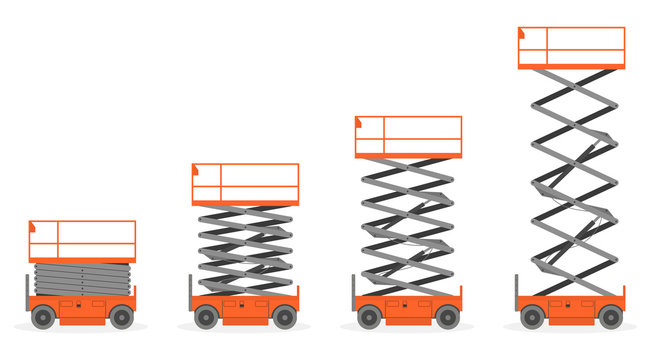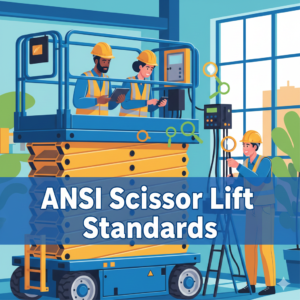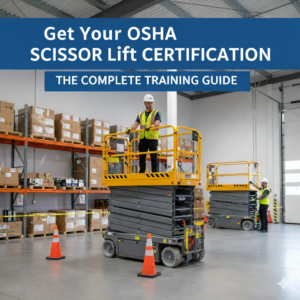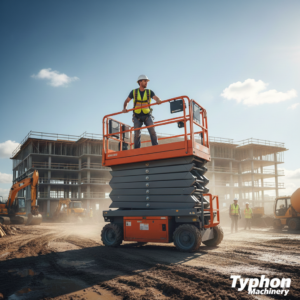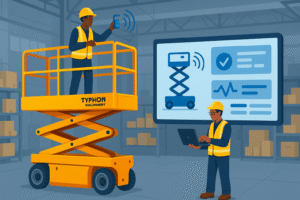When it comes to working at heights, safety should always be the number one priority. This is especially true when using scissor lifts, which are commonly used in construction, maintenance, and other industrial applications. In order to ensure the safety of workers and others in the vicinity, scissor lifts come equipped with a range of safety features and certifications. In this article, we will explore some of the key safety features found in scissor lifts and the certifications that ensure their compliance with safety standards.
Safety Features of Scissor Lifts
1. Guardrails and Toeboards:
Scissor lifts are typically equipped with guardrails and toeboards to prevent workers from falling off the platform. These barriers provide a physical barrier that helps to keep workers safe while they are working at heights.
2. Fall Arrest Systems:
Many scissor lifts are also equipped with fall arrest systems, which are designed to stop a worker from falling in the event that they lose their balance or footing. These systems typically consist of a harness and lanyard that are attached to an anchor point on the platform.
3. Emergency Lowering System:
In the event of a power failure or other emergency situation, scissor lifts are equipped with an emergency lowering system that allows the platform to be lowered safely to the ground.
4. Overload Protection:
To prevent accidents due to overloading, scissor lifts are often equipped with overload protection systems that alert operators when the lift is carrying too much weight.
5. Proximity Sensors:
Some scissor lifts come with proximity sensors that can detect objects or people in the lift’s path, helping to prevent collisions and other accidents.
Certifications for Scissor Lifts
In addition to these safety features, scissor lifts are also subject to a range of certifications and standards to ensure their safe operation. Some of the key certifications for scissor lifts include:
1. ANSI A92 Standards:
The American National Standards Institute (ANSI) has developed a series of standards for the design, safe use, and training requirements for mobile elevating work platforms, including scissor lifts. These standards cover everything from design and construction requirements to safe use and training protocols.
2. CE Marking:
In Europe, scissor lifts must comply with the European Union’s Machinery Directive in order to be sold and used within the EU. This directive requires scissor lifts to meet certain safety and health requirements and carry the CE marking to demonstrate compliance.
3. OSHA Regulations:
In the United States, scissor lifts are subject to regulations set forth by the Occupational Safety and Health Administration (OSHA). These regulations cover a range of safety requirements for scissor lifts, including fall protection, guardrail systems, and operator training.
4. ISO 18878:
The International Organization for Standardization (ISO) has developed a standard specifically for mobile elevating work platforms, including scissor lifts. ISO 18878 outlines requirements for design, calculations, safety requirements, and test methods for these types of equipment.
By adhering to these certifications and standards, scissor lift manufacturers and operators can ensure that their equipment is designed, built, and operated in a safe manner that minimizes the risk of accidents and injuries.
In conclusion, scissor lifts are equipped with a range of safety features and certifications to ensure their safe operation. From guardrails and fall arrest systems to certifications from organizations like ANSI and OSHA, these measures are designed to protect workers and others in the vicinity from accidents and injuries while using scissor lifts. It is important for manufacturers, operators, and workers to be aware of these safety features and certifications in order to promote a culture of safety when working at heights.
Learn More : ROUGH TERRAIN VS. SLAB SCISSOR LIFTS: A COMPREHENSIVE COMPARISON

